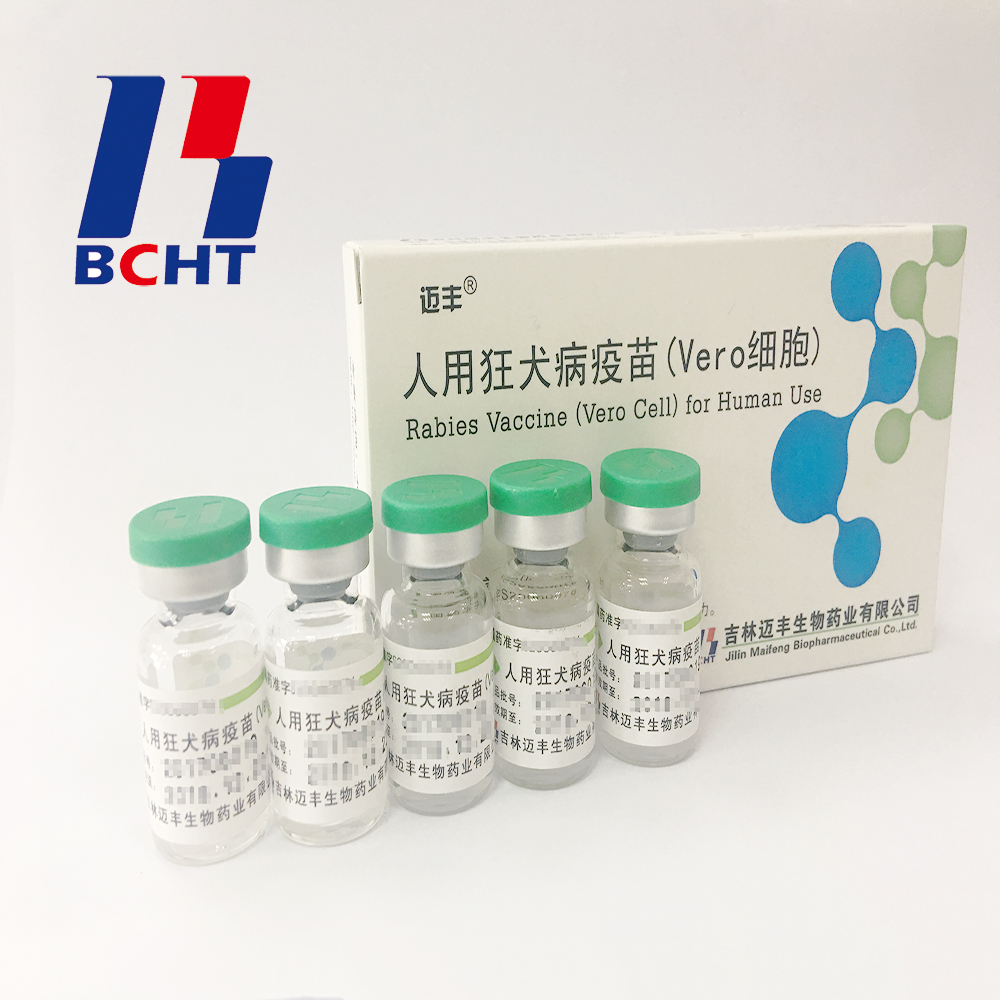Muddy is known as “Ginseng in Water†and its taste is delicious. The meat is tender and nutritious. It also has high value in medicine and is one of the important aquatic products exported by China. Mudworm has become an important aquaculture species because of its strong adaptability, low disease, high survival rate, strong fertility, convenient transportation, and easy access to feed.
Pond construction:
Choose a place to shelter from the sun, easy water diversion, weak alkaline sediment, and no pesticide pollution. The pond may be a concrete pool or an earthen pond. The earthen pond wall needs to be built with bricks and stones, or it can be tightly smashed with triple soil. The bottom of the pond must be tight, so that it is firm and durable without loopholes. The bottom of the pond is spread with 20-30 cm of fat. The inlet and outlet are stopped by wire or plastic mesh. The bottom of the tank is inclined towards the outlet for drainage and fishing.
Water training and seeding:
The pond is sterilized according to the seed breeding method. The pond water is kept at a depth of 30-50 cm, and organic fertilizer is applied to the pig manure for cultivating water quality. The amount is 100-square-meter 20-30 kg. After the drug disappears and the water is turned into fertilizer, it can be put into the quail species, and the flow conditions can be appropriately increased.
Feeding management:
In order to improve the quality of water and provide natural food, animal feeds such as locusts, cockroaches, quail meats, fishmeal, small miscellaneous fish, livestock and poultry waste shall be added, as well as wheat bran, rice bran, bean dregs, and cakes. Sex feed, or artificial compound feed. Generally, they are fed once a day on the afternoon and afternoon, and the daily feed is 5%-10% of the loach's body weight. Feeding should be based on water quality, weather, and food conditions. When the water temperature is above 15°C, the loach appetite gradually increases, 20-30°C is the proper temperature range for ingestion, 25-27°C appetite is particularly strong, more than 30°C or less than 15°C and thunderstorm days may not be fed. In addition, reasonable fertilization should be carried out according to the water quality. The transparency of the pool water should be controlled at 15-20 cm, and the water color should be yellow-green. When the water temperature reaches 30°C, the pool water should be changed frequently, and the water depth should be increased. When the muddy ducks often swim to the floating surface of the water to “swallowâ€, indicating that there is lack of oxygen in the water, fertilization should be stopped and new water should be injected. Increase the depth of pool water in winter, and apply manure such as cow dung and pig dung at the corner of the pool to increase the water temperature and ensure safe wintering of the loach.
Pond construction:
Choose a place to shelter from the sun, easy water diversion, weak alkaline sediment, and no pesticide pollution. The pond may be a concrete pool or an earthen pond. The earthen pond wall needs to be built with bricks and stones, or it can be tightly smashed with triple soil. The bottom of the pond must be tight, so that it is firm and durable without loopholes. The bottom of the pond is spread with 20-30 cm of fat. The inlet and outlet are stopped by wire or plastic mesh. The bottom of the tank is inclined towards the outlet for drainage and fishing.
Water training and seeding:
The pond is sterilized according to the seed breeding method. The pond water is kept at a depth of 30-50 cm, and organic fertilizer is applied to the pig manure for cultivating water quality. The amount is 100-square-meter 20-30 kg. After the drug disappears and the water is turned into fertilizer, it can be put into the quail species, and the flow conditions can be appropriately increased.
Feeding management:
In order to improve the quality of water and provide natural food, animal feeds such as locusts, cockroaches, quail meats, fishmeal, small miscellaneous fish, livestock and poultry waste shall be added, as well as wheat bran, rice bran, bean dregs, and cakes. Sex feed, or artificial compound feed. Generally, they are fed once a day on the afternoon and afternoon, and the daily feed is 5%-10% of the loach's body weight. Feeding should be based on water quality, weather, and food conditions. When the water temperature is above 15°C, the loach appetite gradually increases, 20-30°C is the proper temperature range for ingestion, 25-27°C appetite is particularly strong, more than 30°C or less than 15°C and thunderstorm days may not be fed. In addition, reasonable fertilization should be carried out according to the water quality. The transparency of the pool water should be controlled at 15-20 cm, and the water color should be yellow-green. When the water temperature reaches 30°C, the pool water should be changed frequently, and the water depth should be increased. When the muddy ducks often swim to the floating surface of the water to “swallowâ€, indicating that there is lack of oxygen in the water, fertilization should be stopped and new water should be injected. Increase the depth of pool water in winter, and apply manure such as cow dung and pig dung at the corner of the pool to increase the water temperature and ensure safe wintering of the loach.
Jilin Maifeng Biopharmaceutical Co., Ltd., a subsidiary of BCHT, is devoted to mostly R&D in high density cell culture technique and its application for large scale production. Jilin Maifeng is the first company to develop and apply the self-developed microcarrier bioreactor technology to produce Rabies Vaccine For Human Use.

Rabies Vaccine For Human Use
Rabies Vaccine For Human Use,Used To Prevent Rabies,Against Rabies Virus
Changchun BCHT Biotechnology Co. , https://www.ccbcht.com
